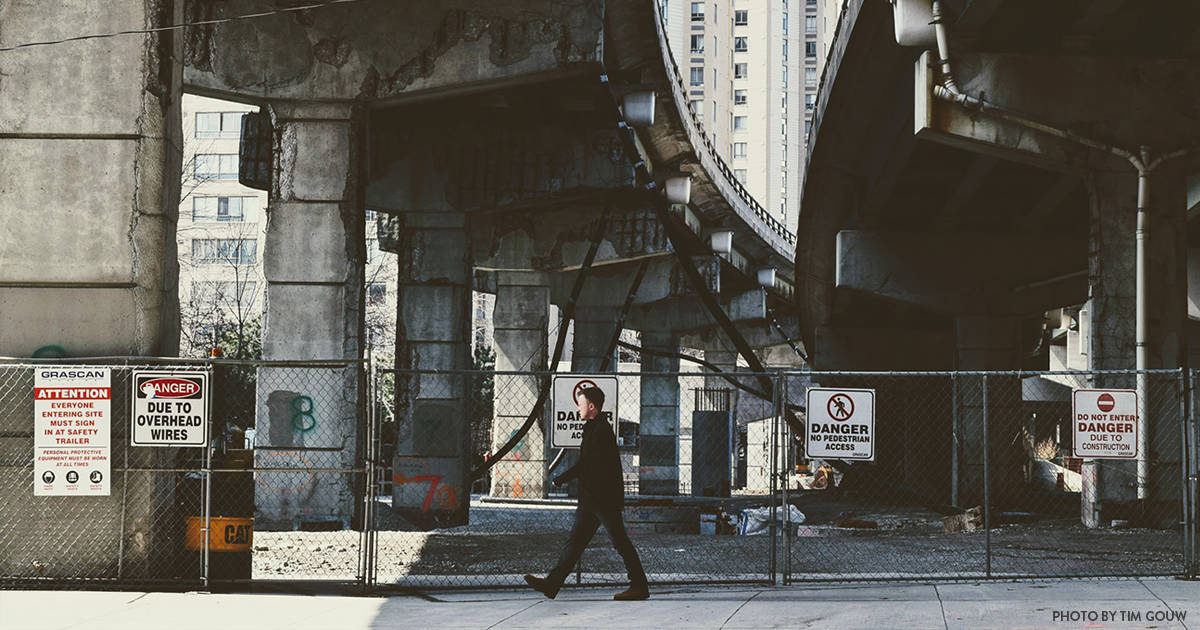Governor’s 2018-19 Budget Proposal Delivers Over $20 billion for Transportation, Disappoints On Equity and Sustainability Goals
Sacramento, CA — This week, Governor Brown released his 2018-19 State Budget proposal, which Brian Kelly, the Secretary of the California State Transportation Agency (CalSTA), has described as “the SB 1 budget.” And it certainly is. New revenue from Senate Bill 1 ($4.6 billion) enlarged the transportation pie for 2018-19 with the majority of it directed towards maintaining state highways and local roads and improving the state’s trade corridors. Additionally, other funds will go to some meaningful—but relatively small—increases to a variety of other road, transit, and active transportation programs that will help put California on a path toward meeting sustainability goals.
Certainly, doubling the ATP, creating a new program to support multi-modal travel corridors, and using non-Cap and Trade funds for expanding a Greenhouse Gas Reduction Fund (GGRF) program like theTransit and Intercity Rail Capital Program (TIRCP) pushes us onto the path. However, and not unlike our reasons from almost a year ago when CalBike and 80-plus other organizations suggested improvements for SB 1, the budget proposal and its new large sums come nowhere close to redressing transportation injustices Californians currently face, and instead cements many documented and embedded inequities and unsustainable practices. Just as SB 1 implementation failed to show us the past 6 months, both transportation policies and transportation funding plans need to be consistent with current state policies and goals related to social equity, climate, and health–before we call any new funding a success.
Beyond not addressing equity regarding transportation, the proposal also makes no strong connection between transportation funding and climate change. Despite the Governor’s groundbreaking achievements in this area, the state’s transportation sector continues to be a major blind spot. The vast majority of new transportation revenue still short-sightedly enables highway widening, auto travel and sprawl—all of which have proven to further increase our vulnerability to climate change. The Governor’s proposal, per SB 1, includes additional funds for new projects in the State Transportation Improvement Program (STIP). Any additional funding to programs like the STIP should include clear accountability measures to ensure it is spent on projects that reduce driving and promote social equity, or it will ultimately hinder the state from meeting its climate change reduction targets.
We are watching three areas most closely to ensure the final budget and its implementation reflect our commitment to transportation equity.
- The Commuter Corridors program (also known as Solutions to Congested Corridors) does not match up with statute OR what we closely followed the past six months. Instead of focusing on multi-modal investments, including biking, the Governor’s budget office has characterized it as increasing capacity projects including highway widening as one of the first solutions.
- Trade corridors are often described as the lifeblood of California’s robust economy. Per SB 1, $306 million will fund new freight projects. However, this does not include the billions more that will directly and indirectly benefit freight movement by advancing “fix-it-first” projects on trade corridors. Most funds will go to bridge projects, highway widening, railroad grade separations, port improvements and other common freight industry desires. Also what is not mentioned by policymakers nor in this proposal, is that the lifeblood often gets poisoned, with disproportionate impacts across the state. Once we start talking about improving freight facilities without serious climate, air quality, and equity considerations in mind, largely the set of benefits goes one way (i.e. subsidizing goods movement industry profits), and the burdens another way (hitting low-income communities of color – often walk-, bike-, or transit-dependent – first and worst).
- The State Transit Assistance Program pot of funds got a significant boost in the proposal – these funds go to supporting public transit across the state and of course largely complement walking and biking. $355 million will go to the Public Transportation Account to local transit agencies for operations and capital costs. We will work to ensure operations (and not just capital projects) gets its adequate share since this part is what removes obstacles of service cuts and fare hikes that negatively impacts low-income residents the most.
If we want to achieve our state’s ambitious climate and equity goals, we need coordinated, holistic state action. The Budget will continue to potentially provide significant direction on reducing climate change, improving air quality, and achieving social, economic, and environmental justice. We look forward to contributing our experiences and expertise in the coming year to the decision-making process to get there.




